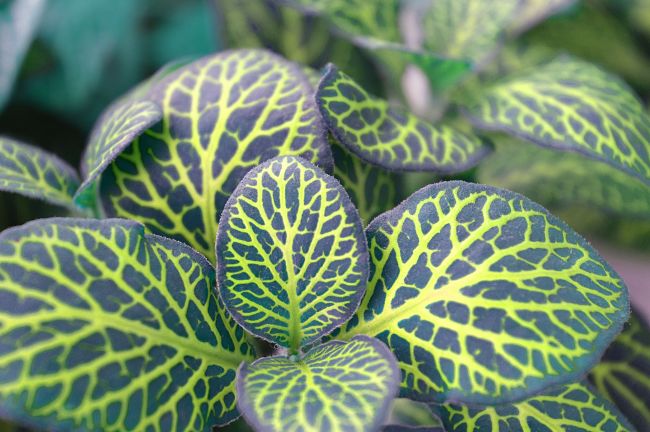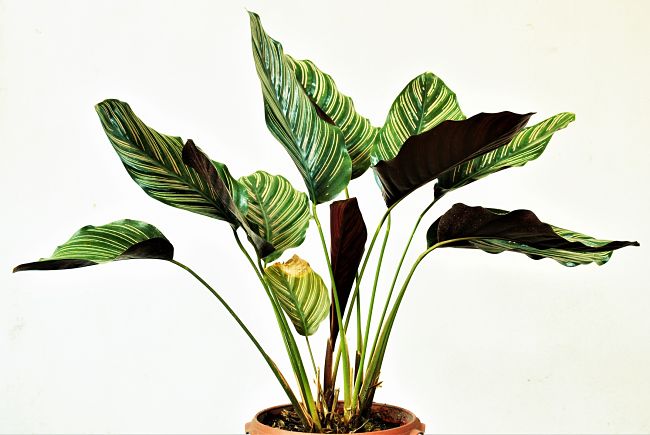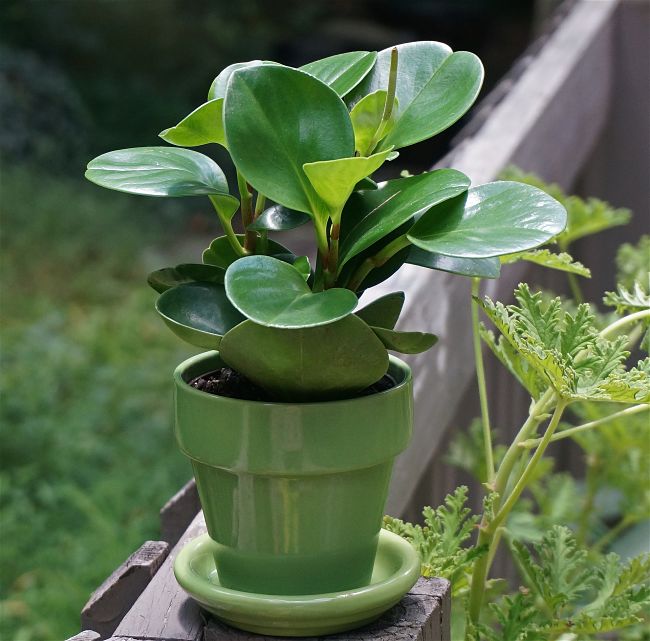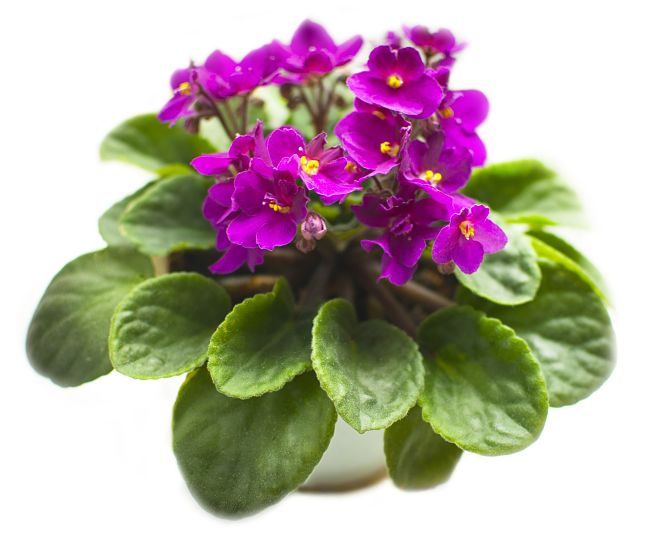Diagnose Why Your Indoor Plants are Struggling and How to Revive Them
Growing indoor plants and keeping them thriving and healthy can be a challenge. Unlike outdoor plants when the environment can cause problems, indoors its all up to you to care for them properly. It is hard to know why your pot soil just won't hold water, your plant's leaves are yellowing, why or or the plants are not thriving as they should. To find a solution you need to see when your plants are off-color and how to interpret the signs and know how to fix their problems.
Here are few common symptoms to look for in your indoor plants: and what they may mean:
- Wilting leaves
- Dropping leaves
- Yellowing leaves
- Plant and soil not holding or shedding water
- Tips or edges of leaves turning yellow or brown
- Brown, burnt-looking spots on the top of leaves
- Changing leaf colour, speckled, yellow, brown, etc.
- Roots exposed at the surface or protruding through drainage holes
- Black dots on leaves, or brown marks with a yellow ring
- Flower buds develop, but then drop off before opening, or shrivel just after opening

Wilting Leaves
If your plant's leaves are wilting or drooping down, you first need to check if your soil is dry. Simply stick in a finger into the soil to the first knuckle. Better still use a portable moisture meter. If the soil is dry, the answer is very simple — your plant needs water. Using a moisture meter is a great way to check regularly and to detect dryness well before the plants wilt, which can damage them and inhibit vigorous growth. However, if the soil is still wet, then your plant may have a type of root rot. This is a fungal infection of the roots, generally triggered ironically by over-watering. This creates the conditions which are ideal for fungal growth. Other symptoms of root fungus infections include yellowing leaves, sudden die-back of part of the plant, or the plant becomes loose in the soil.
To check for root fungus, remove the plant from the pot and examine the roots — they should appear to be white or light brown and have a good firm structure. If the roots are falling apart when you touch them, or there are dead soggy or brittle patches that are dark in color, these are signs of root rot problems.
To overcome this wash off the the roots, trim off and discard the affected parts. Trim the roots a little to tidy them up, removing tangled balls. You should trim off some leaves from the plant to keep the tops and roots in balance. Then, dip the roots in a fungicide — such as a 3 % solution of hydrogen peroxide solution. Repot the plant, in a clean pot or sterilise the old one with boiling water or disinfectant. Also use fresh clean potting mix. Pouring boiling water through the potting mix in a bucket will sterilise it. Potting mix is often infected with fungus. Water the plant in well. However, do not water the plant again until the top of the soil has started to dry out. Wash and disinfect the old pot before using it again.
If the plant's roots are OK, and the soil is moist, it could be suffering from low humidity. Transfer the pot to a warmer area and spray the leaves frequently.

Dropping Leaves
Some plants such as Bougainvillea, Weeping figs (ficus) have a habit of dropping leaves when they are moved and get stressed. Usually they will settle down to the new conditions and no treatment is required. Other plants drop leaves seasonally, or perhaps after flowering. A common cause of leaf drop in other plants is exposure to cold air or over-watering. Some other signs of over-watering include dying or brown leaf tips or brown or yellowish patches on the surface of the leaves. The solution is to move affected plants to a warm spot. Use a moisture meter to ensure the plant is only watered when needed, and not left too wet or soggy all the time. Some plants naturally drop some leaves in autumn (fall), so check the information about your plants to help understand natural leaf drop.

Yellowing Leaves
Yellowing leaves could occur due to under-watering or over-watering, too much sun, low humidity or cold draughts, or some sort of nutrient or a deficiency of an essential element or mineral. Older leaves often yellow and fall off as part of a natural ageing process. However, if most of the leaves are yellow, especially the younger leaves there is definitely have a problem. Try moving your plant to a shadier area. Buy a soil moisture meter to ensure the plant is watered correctly. Add a general purpose fertiliser that includes essential elements and check the pH. Do some research for the specific plant species that has yellow leaves to try to understand the problem and how to fix it.

Tips or Edges of Leaves Turning Brown
If you have recently topped up the fertiliser for your pot plant, this may signify that you have applied too much. It can also be caused by softened water, which has higher levels of sodium or potassium than rain water. Chlorine in tap water can also be an issue.
Another potential cause is dry air. Many indoor plants are originally from wet rainforests, and so they have adapted to live in areas with high humidity. Despite watering the roots, the leaves may dry out. Therefore, remember to give the leaves and foliage a good spray of water every day or so. Also, remember to wipe the large leaves of many tropical plants with a damp cloth to remove dust and to keep them hydrated.
Plants with leaves covered with hairs, such as Rex Begonias or African Violets, do not like wet leaves or spray watering from the top. It is better to place the pots in a shallow tray or bowl with a small amount of water to let the water rise up into the roots. These plants also like high humidity and they do best sin the bathroom or kitchen.
Brown and Burnt-Looking Spots on the Top of the Leaves
Plants can get sun-burnt and this is a sure sign of excess light and burning. If these marks match up to where direct sunlight falls on your plant through a window then this is the likely cause. Simply move the plant out of direct light and it should recover. Hot air from an air-conditioner or heater can cause similar problems, and the solution is the same - move the plant to a cooler spot.
Roots Exposed at the Soil Surface or Roots Protruding through the Drainage Holes
This is a sure sign that your pot plant is root-bound. It will need to be replanted in a larger pot. Gently ease it out from its pot after a bang on the side. Closely examine the roots. If the roots have started running in circles around bottom of the pot or have ground up and down the sides it is time to replant. If there are more roots than soil in the pot, it needs a new home. Another sign is seeing roots extending out of the drainage holes. When transplanting, tease out the roots a little, shake off the old potting mix, and replant in fresh new soil or potting mix, without pressing down too firmly. Placing the transplanted plant and pot in a container of water will flush all the air gaps around the roots.
Black Spots on Leaves, or Brown Marks with a Yellow Ring
Various bacterial or fungal diseases can cause this. This infection can spread rapidly between plants when they are overcrowded. Pick off any infected leaves and dump them in the bin, not the compost. Mulch the soil surface with gravel, small round stones or bark to avoid fungal spores in the potting mix splashing on to new leaves. Allow more space between plants to ensure there is good airflow between them. Also, avoid getting water on the leaves with the vulnerable plants are watered.
Black Spots may be caused by insects, but this is less likely.
Flower Buds Develop, but then Drop Before Opening, or Shrivel Soon After Opening
This is generally caused by low humidity. It may arise because there are too many flowers for the plant to support. Reduce the number of buds and they may help.